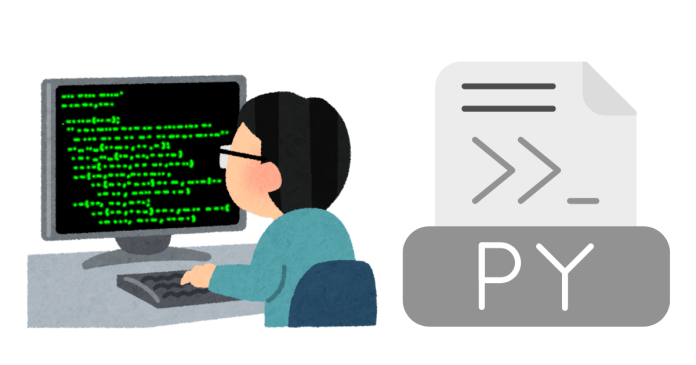Python is both interpreted and compiled. When you run a Python program, the source code is first compiled into bytecode, an intermediate representation. This compilation step is automatic and creates .pyc files stored in the __pycache__ directory.
The bytecode is then interpreted by the Python Virtual Machine (PVM), which executes it line by line. This dual process enables Python to be platform-independent since the bytecode can run on any machine with a compatible interpreter.
Unlike fully compiled languages (e.g., C), Python doesn’t produce standalone executables, and unlike purely interpreted languages, it involves a compilation step for efficiency.


